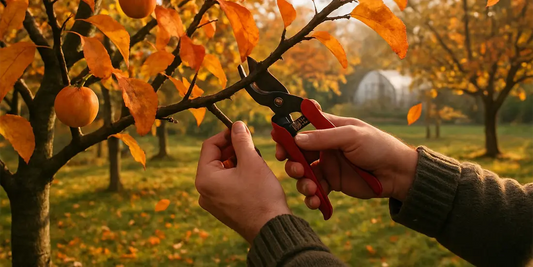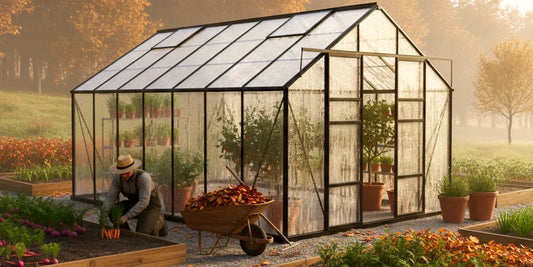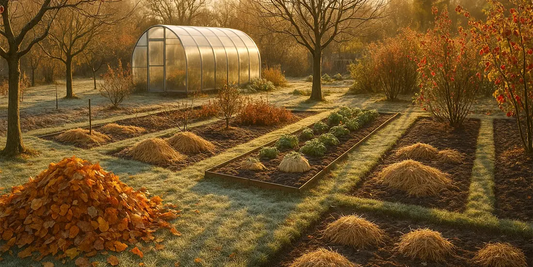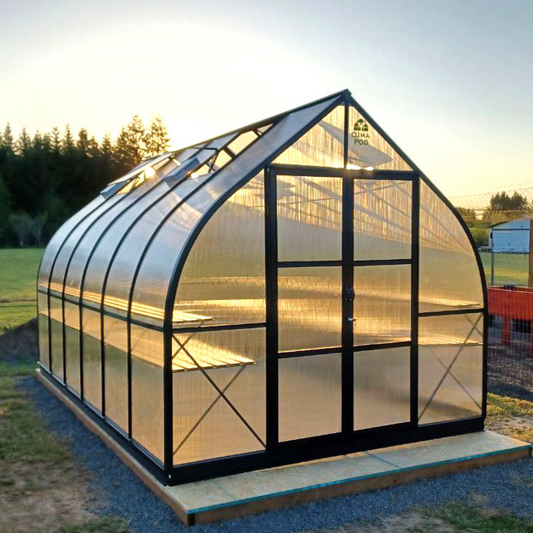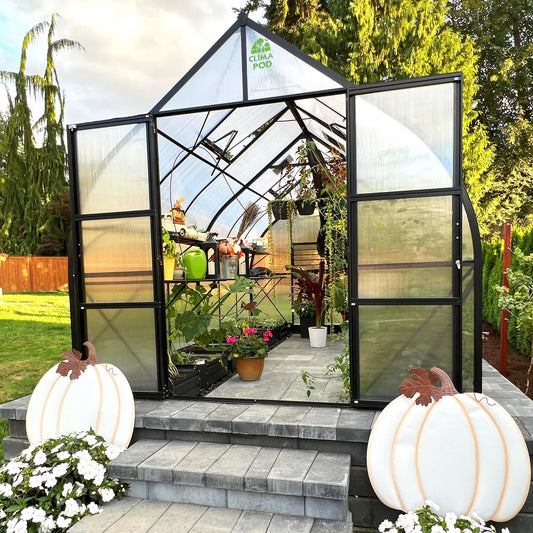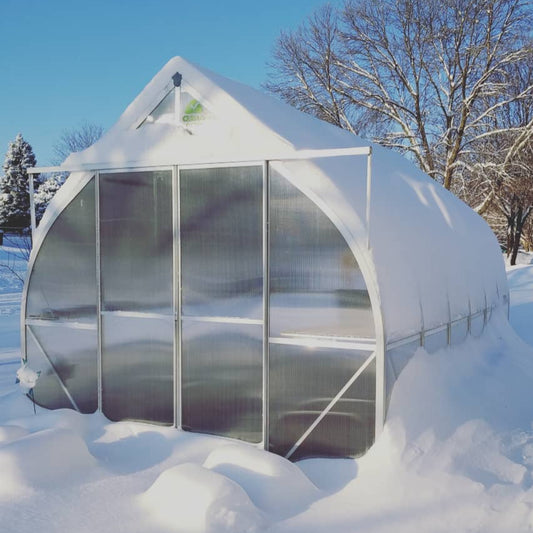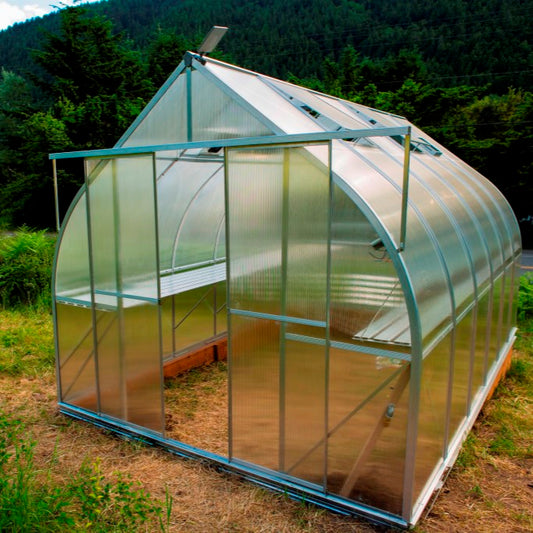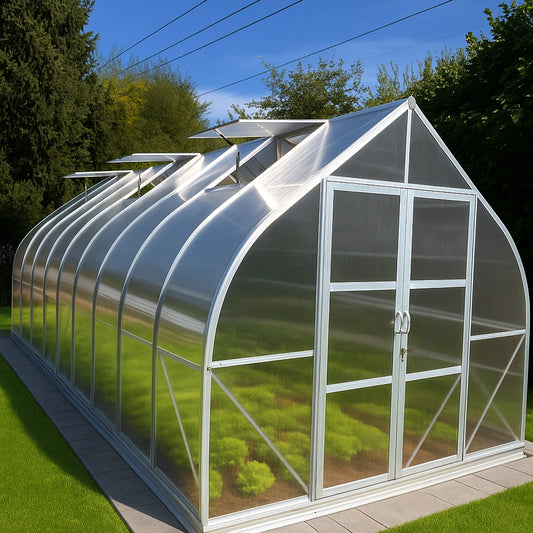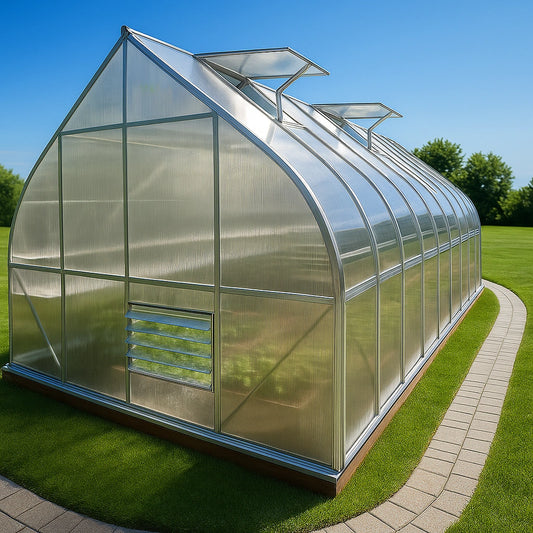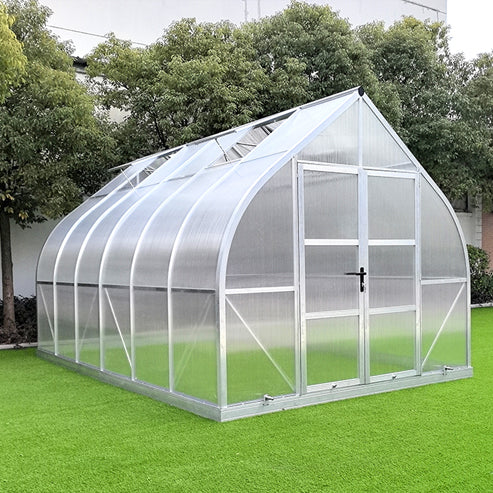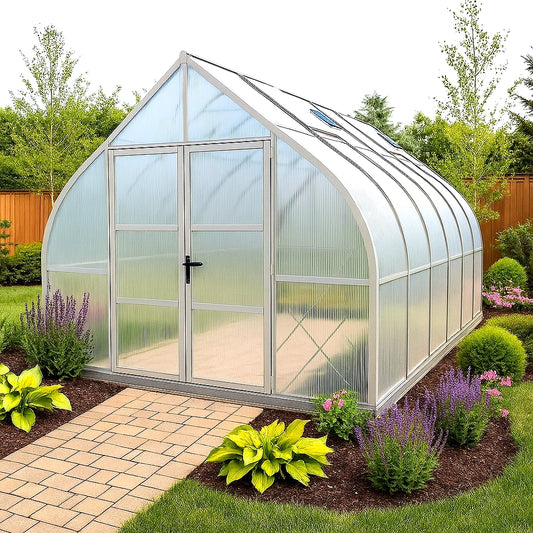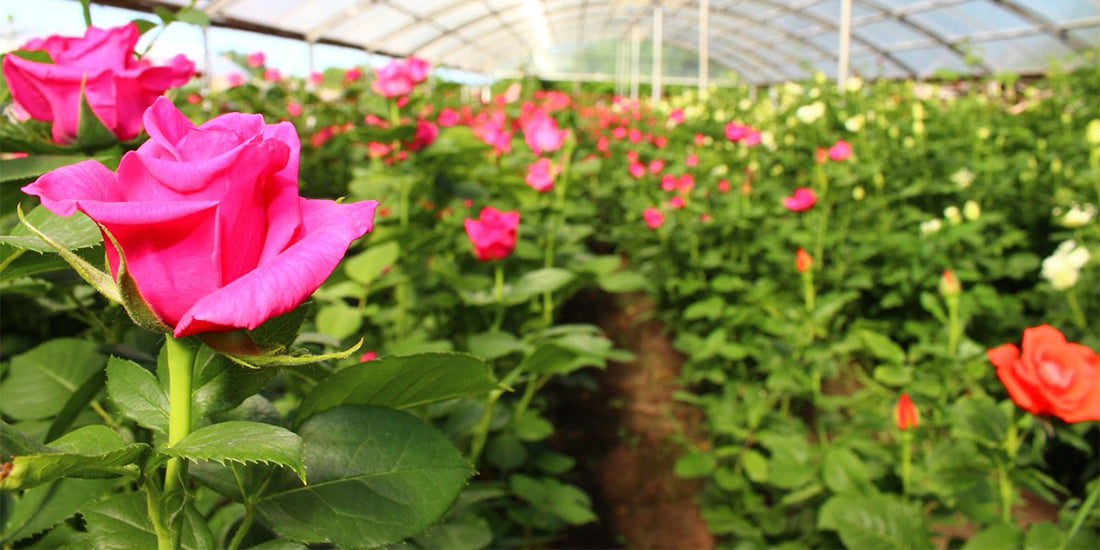
Year-Round Greenhouse Rose Growing: Suitable Varieties and Cultivation Techniques
While roses can technically be grown in a greenhouse year-round, December through February requires significant artificial lighting, making it costly for most home growers. Commercial rose growers typically begin forcing blooms in February, resulting in a nine-month harvest (March-November).
Selecting Rose Varieties for Greenhouse Cultivation
The ability to enjoy roses beyond the typical June-September blooming season is a significant advantage of greenhouse growing. This method also presents a viable business opportunity for cut flower production with careful planning and marketing. Success hinges on several key factors:- Rose Variety: Choosing the right rose is paramount.
- Substrate: The growing medium must be suitable.
- Planting Density: Maintaining appropriate spacing is crucial.
- Watering: Consistent and adequate moisture is essential.
- Fertilization: Regular feeding supports healthy growth and blooms.
- Care: Timely pruning and overall plant maintenance are key.
Grandiflora, floribunda, miniature, and hybrid tea roses generally thrive in greenhouse environments, yielding high-quality, attractive blooms. Disease resistance (especially to powdery mildew) is a highly desirable trait.

Not every variety of rose will feel great and produce beautiful flowers in a greenhouse
Here are some examples of suitable varieties:
- Grandiflora: Queen Elizabeth, Rose Gaujard
- Hybrid Tea: Pascali (white), Casanova (golden yellow), Baccara (orange-red), Carina (bright pink)
- Miniature: Scarlet Gem (dark orange), Beauty Secret (red), Little Flirt (red-yellow)
- Low-Light Tolerant (ideal for winter): Zorina (salmon-orange), Better Times (red), Geheimrat Duisberg (yellow)
Both own-root and grafted roses can be successfully cultivated in greenhouses. Own-root roses may exhibit slower growth but often produce a more abundant flower yield.
Greenhouse Rose Cultivation: Potted vs. In-Ground Methods
Potted Rose Cultivation
Early October is the ideal time to plant roses in pots. For grafted roses, prune back the top growth by two-thirds before planting. Use a nutrient-rich, loamy soil mix containing humus. Store the potted roses at approximately 0°C (32°F) until January. In late January, move them to the greenhouse and prune just above the graft union.
Maintain a temperature of +6°C (43°F) during the first week to stimulate root and shoot growth. Increase the temperature to +10°C (50°F) (or up to +15°C (59°F) with ample light) as buds begin to emerge, ensuring sufficient watering. Raise the temperature to +20°C (68°F) when buds form, then lower it to +16°C (61°F) during the blooming period to prolong the flowering phase. For cut roses, remove side shoots and buds, leaving one main shoot with three or four buds to promote new growth. A second flowering cycle should begin about six weeks later.
Growing Roses in Greenhouse Soil: Planting and Care
Rose seedlings planted directly into greenhouse soil are spaced at a density of either 10 or 25 plants per square meter. In the latter case, thinning to approximately half the density is recommended the following year. Common planting patterns include 25cm x 40cm or 30cm x 30cm spacing.
Before planting, enrich the soil with peat, well-rotted manure, superphosphate, and ammonium sulfate. Dip the seedlings in water before planting, ensuring the graft union sits at soil level. In very loose soil, planting slightly deeper is acceptable, as the soil will settle. Avoid planting too deeply (risk of "root collar" rot) or too shallowly (risk of wilting).
Secrets to Successful Greenhouse Rose Cultivation

Commercial rose growers often utilize substrates like vermiculite, perlite, coconut fiber, or mineral wool, along with automated systems for nutrient delivery, humidity, and temperature control.
Home growers, lacking such automation, must dedicate more time and attention to their plants. Proper rose care includes:
- Optimal Microclimate: Maintaining 70% humidity and appropriate temperatures (higher before flowering, slightly lower during bloom).
- Supplemental Lighting: Provide supplemental lighting during winter months and shade the greenhouse during summer periods of excessive sunlight.
- Ventilation: Daily ventilation is essential.
- Soil Management: Keep the soil loose, moist, and weed-free.
- Fertilization: Apply a balanced mineral fertilizer monthly and mulch with well-rotted manure.
- Pest and Disease Control: Regularly treat for pests and diseases.
- Rootstock Pruning: Prune the rootstock of grafted roses as needed.
- Winter Pruning: Perform heavy pruning before the dormant period.
- Dormancy: Maintain a temperature of 0-3°C (32-37°F) in the greenhouse during dormancy (December).
During the first harvest, prioritize preserving as much foliage as possible to encourage strong new shoot development. Harvesting should occur in the morning, when buds are just beginning to open. Each rose bush can yield 8-12 high-quality cut flowers.

